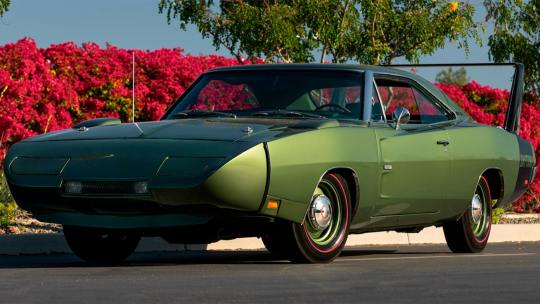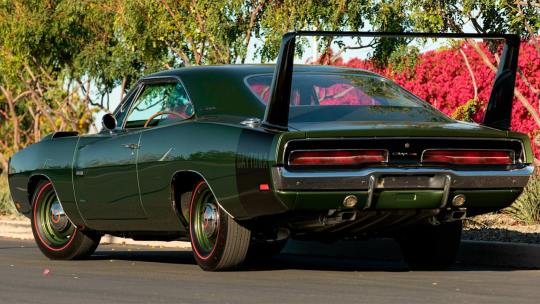#hemi v8
Text
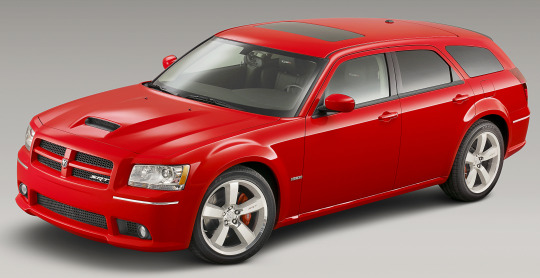


Dodge Magnum SRT8, 2008. The high performance version of the Magnum was introduced in 2005 with a 425hp 6.1 litre Hemi V8. Other upgrades included 20-inch wheels, firmer suspension and bigger brakes. The Magnum was discontinued in March 2008 and has never been directly replaced
#Dodge#Dodge Magnum#Dodge Magnum SRT8#Hemi V8#muscle car#station wagon#long roof#sport wagon#estate car#2008#last of the line#end of the the line#red cars
224 notes
·
View notes
Photo
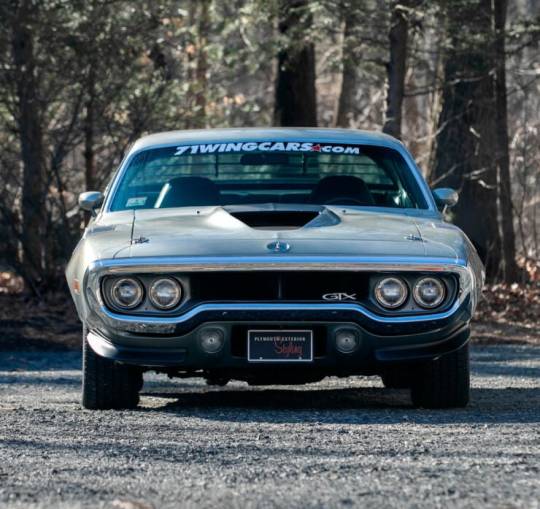
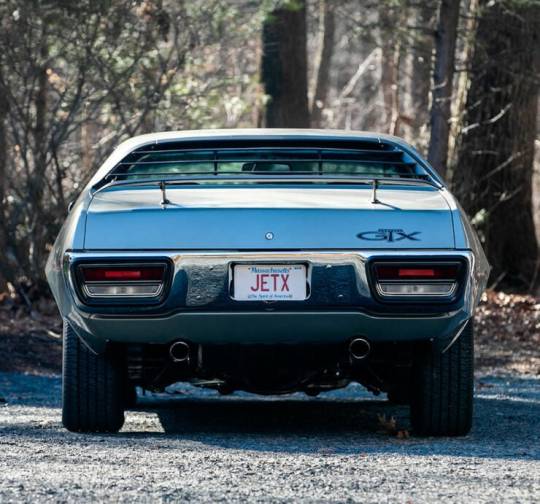
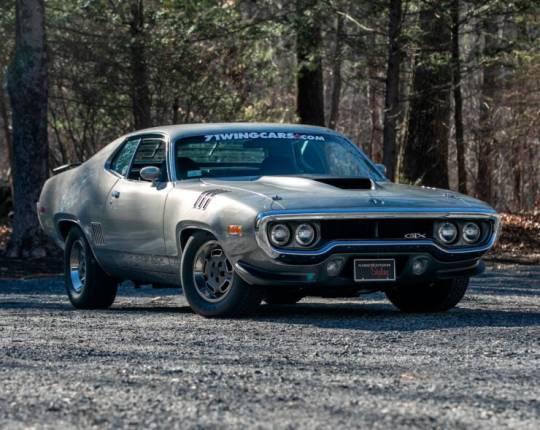

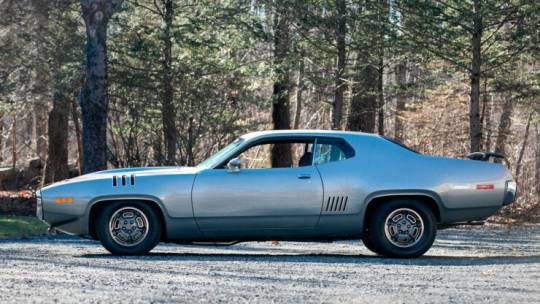




Plymouth GTX Concept (1 of 1)
This is the only 1972 Plymouth GTX you’re ever likely to see because it’s the only one that was made. And it wasn’t made by Plymouth, it was made by Gary and Pam Beineke using formerly top secret images from the Chrysler archives. The Plymouth GTX is a muscle car that was produced by the Plymouth division of Chrysler Corporation from 1967 to 1971. It was introduced as a high-performance version of the popular Plymouth Belvedere and was marketed as a “gentleman’s muscle car” with good performance, but with a more luxurious interior and smoother ride than some of its more hard-edged counterparts. When it was introduced the GTX was available in two-door hardtop and convertible body styles and was powered by a 440 cubic inch V8 engine that produced 375 horsepower. It also featured heavy-duty suspension, power brakes, and a floor-mounted four-speed manual transmission as standard equipment.In 1968, the GTX received a facelift and a new optional engine – the legendary 426 cubic inch Hemi V8 that produced 425 horsepower. The Hemi was claimed to be the most powerful engine available in any American production car at the time, and it gave the GTX serious street cred among muscle car enthusiasts.Over the next few years, the GTX continued to evolve with various engine and styling updates. In 1969, the car received a new front-end design and a new optional engine – the 440 Six Pack, which featured three two-barrel carburetors and produced 390 horsepower.In 1970, the GTX received a completely new body style and a revised engine lineup that included the 440 Six Pack and the 426 Hemi, which was now rated at 425 horsepower.
Sadly by the early-1970s it became clear that the muscle car era was coming to an end, and by 1971, rising insurance rates and tightening emissions regulations had taken their toll on the high-performance car market in the United States.
For 1972 the GTX name was relegated to what was essentially only an option package, called the Road Runner GTX. Any Road Runner that was ordered with the 440 V8 received Road Runner GTX badging, and this continued until the model was phased out in 1974, in the dark shadows of the 1973 Oil Crisis.
There were rumors of a potential comeback for the GTX in the late 1990s however a production car never materialized.
The car you see here is the only one of its kind in the world, it’s a 1972 Plymouth GTX but as mentioned further up, it wasn’t actually built by the Chrysler Corporation.
Each year the husband and wife team of Gary and Pam Beineke build one car. And not just any car, but a car that previously existed only in the Chrysler archives. They find original drawings and images of planned models that never made it into production, and then they painstakingly build the car themselves. Interestingly this work isn’t their full time job. Gary is an attorney and a registered contractor, and Pam is a registered nurse who works in the operating room. They call the series of cars that they have built “What If’s” – and they do it all on nights and weekends while holding down full time jobs.
The couple first came across the planned 1972 Plymouth GTX when looking over the uncovered archive items discovered by Steve Juliano. This car was designed by John Herlitz and it was far from just a stying exercise, multiple full scale models were made and it did seem for a time as though it would be the successor to the 1971 Plymouth GTX.
Sadly it was not to be. The perfect storm of increasing emissions restrictions and crash safety regulation combined with soaring insurance premiums on muscle cars resulted in demand dropping significantly by the early 1970s.By the time of the 1973 Oil Crisis, with its sky high gasoline prices, automakers were already focusing on smaller and more fuel efficient vehicles.
The GTX name did live on for a short time, as part of the aforementioned Road Runner GTX package on 440 V8 equipped cars, but it was killed off as a free standing model after 1971.
Gary and Pam Beineke took it upon themselves to right this wrong. They sourced a 1971 Road Runner and set to work creating the car that Herlitz had designed all those years ago in the late 1960s. They poured over the images of the long destroyed models, and they were able to discuss their work with Herlitz her offered them guidance on what the production ’72 GTX would have looked like.
116 notes
·
View notes
Text
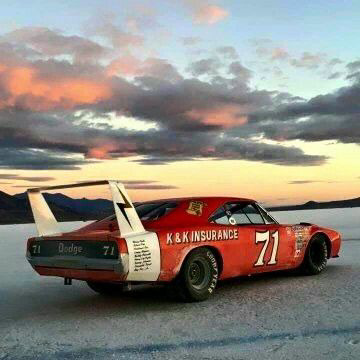
1969 Dodge Charger Daytona HEMI
1969 Dodge Charger Daytona HEMI, the K&K Insurance Daytona piloted by Bobby Isaac, winning the 1970 NASCAR Points Championship and 28 World Speed Records. Now owned and on permanent display by the Wellborn Musclecar Museum.
#1969 Dodge Charger Daytona HEMI#car#cars#muscle car#mopar#american muscle#moparperformance#moparnation#moparworld#dodge#hemi v8#hemi#Bobby Isaac
106 notes
·
View notes
Text

#dodge challenger#dodge#muscle car#american muscle#muscle cars#musclecars#mopar#challenger#american cars#V8#hemi v8#europe
53 notes
·
View notes
Text

26 notes
·
View notes
Text
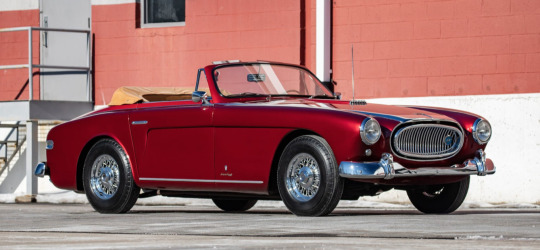
The Cunningham C-3 – A Rare American Homologation Special
6 notes
·
View notes
Text

Parked next to this at Walmart yesterday
0 notes
Text
Car Spot: Dodge Magnum
My latest car spot. A very fast grocery getter.
A superfast grocery getter …
Show of hands. How many reading this remember station wagons? Most likely it was your parents who purchased one to haul the family around on vacations. We had a 1967 AMC Rebel and went all over the country with it. I remember dad ordering it and opting for the 290 V8. This was the Gen-2 short-deck that produced a respectable 225 hp. That engine was the basis for…

View On WordPress
#amc#car spotting#Daimler#dodge magnum#dodge magnum r/t#dodge magnum str8#featured#HEMI V8#Trans-Am#WordPrompt
1 note
·
View note
Text

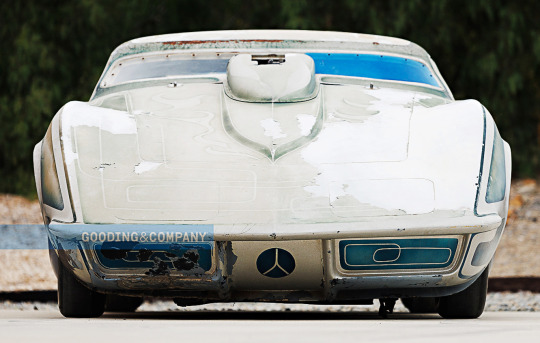

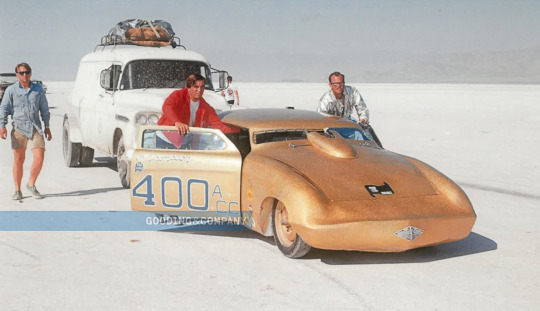


Studebaker Land Speed Coupe, 1953. To be offered at auction, the SCTA’s “World’s Fastest Coupe” of 1966 and the first car of its type to hit 200 mph in 1958. Powered by a supercharged 359 ci Chrysler Firepower Hemi V8 with Enderle Fuel Injection and a 4-Speed Muncie Manual Gearbox.
auction listing
#Studebaker#Studebaker Land Speed Coupe#cars for sale#1953#Studebaker Coupe#record car#Chrysler V8#hemi V8#auction#gooding & company#dead brands#supercharged
228 notes
·
View notes
Photo

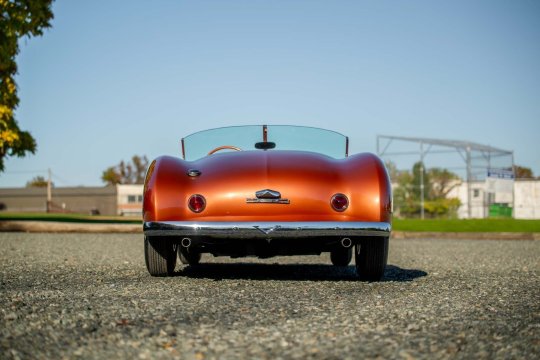


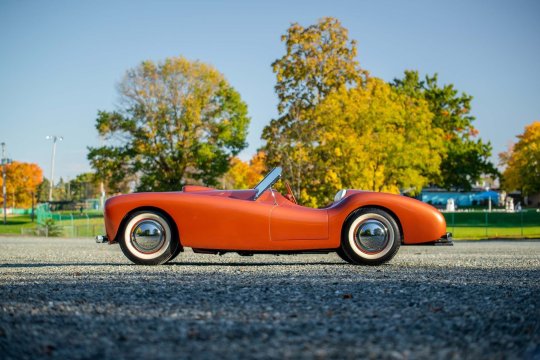

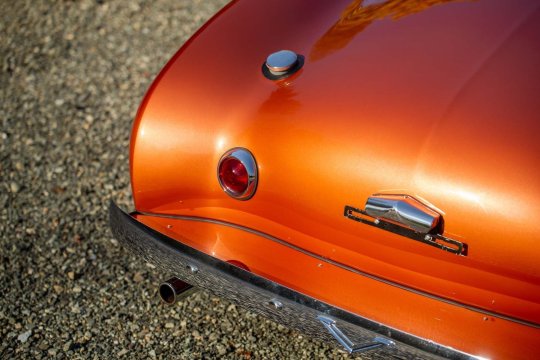



Glasspar G-2
After World War II America saw a major sports car boom. Some enthusiasts were buying the first MGs, Jaguars, and Porsches coming into the country. Others, like Bill Tritt, built their own. Tritt learned of the new Jet Age material "fiberglass" while working at Douglas Aircraft during the war. Afterward he founded Glasspar in Costa Mesa, California, an innovator in the construction of fiberglass boat hulls. That expertise led to his collaboration with fellow Californian Ken Brooks, who designed a sleek two-seat sports car. Tritt modified Brooks' "Brooks Boxer" prototype, and in 1953 began producing the Glasspar G2 sports car. Glasspar built approximately 10 complete G2 vehicles, including cars for Hollywood stars Gary Cooper and Rosemary Clooney.Between 1953–55 Glasspar also produced roughly 100 $950 customer kits, including this G2, purchased in 1953 by a Madera, California Chrysler dealer, Emilio Pistoresi. Weighing less than 2,000 lbs, many builders used a Willys four-cylinder or Ford's flathead V8 engine, but Pistoresi's Glasspar is quite unusual in its use of DeSoto's 291 cu-in FireFlite Hemi V8 powerplant producing 160 hp. Like most other G2s, he used a Ford manual transmission and drivetrai
76 notes
·
View notes
Text

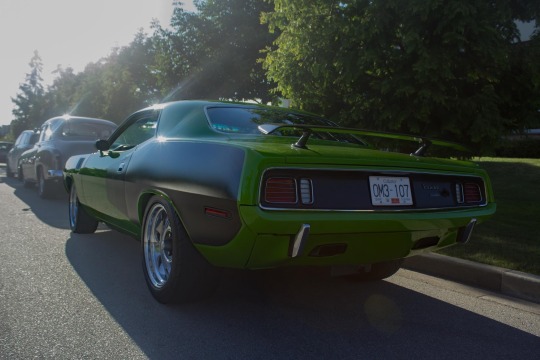

#car meet#car#car show#usdm#v8#plymouth#hemi#cuda#hemi cuda#plymouth hemi cuda#mopar#mopar or no car#muscle car#collector car#classic car#classic#vintage#vintage car#old#old car#green#green car#green aesthetic#70s aesthetic#70s car#70s vintage#70s vibes#coupe#rear wheel drive#rwd
337 notes
·
View notes
Photo
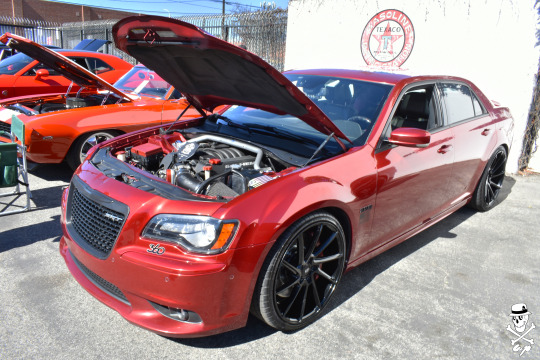
Chrysler 300 SRT-8
ZADM Muscle Car Show 2022
Luxury and American muscle
#chrysler#chrysler 300#SRT#SRT8#Hemi#American Cars#Modern Muscle Cars#2010 Cars#Luxury Cars#transportation#automation#automobile#automotive#car photography#zadm#V8 Engine#Mopar#hemi power#moparperformance#300 srt8#usdm#V8#muscle cars
56 notes
·
View notes
Photo
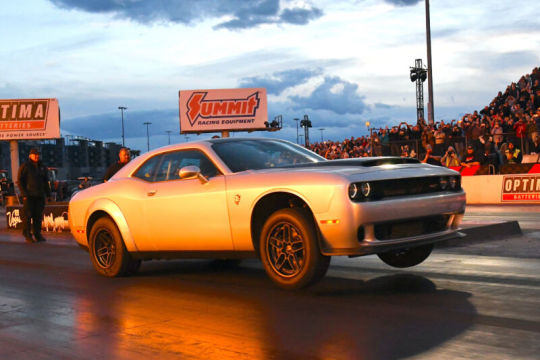
(via The 2023 Dodge Challenger SRT Demon 170 will do 0-60 in just 1.66 seconds | Ars Technica)
Dodge is seeing out the Hemi V8 muscle car era with a 1,025 hp version.
Dodge has been on something of a farewell tour for its Hemi V8 muscle cars. It has built a series of "last call" versions of the Charger and Challenger, limited editions with callback paint colors and retro liveries that refer to muscle-packed Dodges of old. Now it really is getting ready to end the car design and is doing so with a bang, via the 2023 Challenger SRT Demon 170, a production car so fast it can even show a Tesla Model S Plaid a clean pair of shoes with a 1.66 second 0-60 mph time.
Dodge's engineers have performed quite a bit of work under that bulging "Air-Grabber" hood compared to lesser Demons. There's a new supercharger with a larger throttle body and a pulley that increases boost pressure by 40 percent compared to the Challenger Hellcat Redeye Widebody.
You'll get the best results by feeding it E85 (a blend of 85 percent ethanol and 15 percent gasoline); on this fuel, the Demon 170 generates an enormous 1,025 hp (764 kW) and 945 lb-ft (1,281 Nm). On the more common E10 fuel, the engine will generate a slightly milder 900 hp (671 kW) and 810 lb-ft (1,098 Nm).
jeebus - they’re not fucking around
45 notes
·
View notes
Text
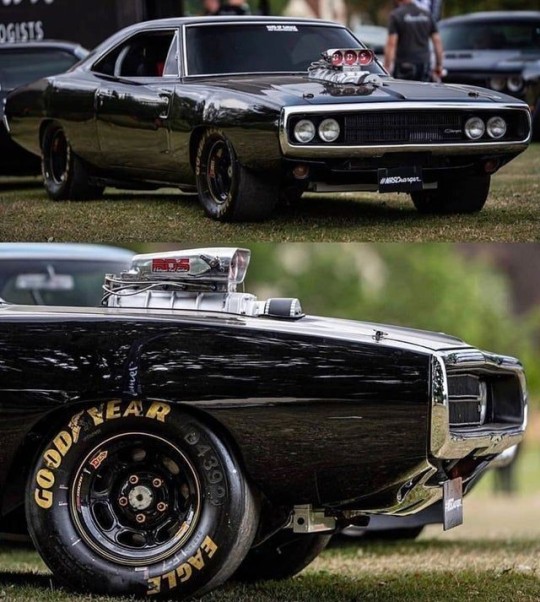
14 notes
·
View notes

